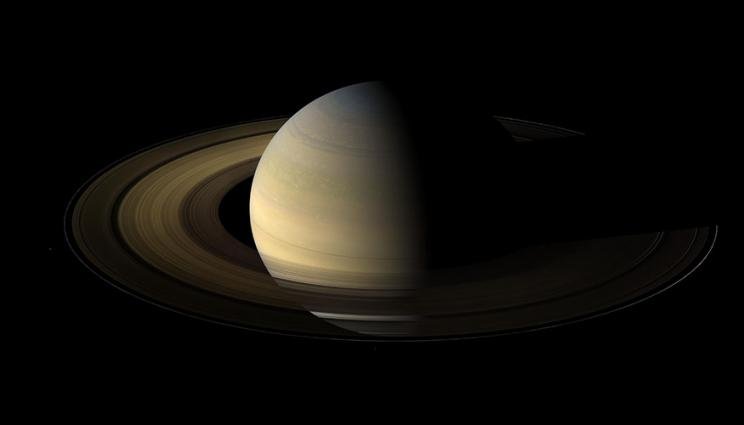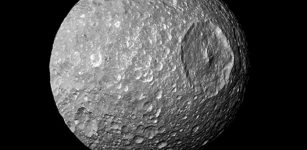Possibility Of Helium Rain Inside Jupiter And Saturn – Evidence Discovered
Eddie Gonzales Jr. – MessageToEagle.com – Nearly 40 years ago, scientists first predicted the existence of helium rain inside planets composed primarily of hydrogen and helium, such as Jupiter and Saturn. However, achieving the experimental conditions necessary to validate this hypothesis hasn’t been possible — until now.
In a paper published today by Nature, scientists reveal experimental evidence to support this long-standing prediction, showing that helium rain is possible over a range of pressure and temperature conditions that mirror those expected to occur inside these planets.
“We discovered that helium rain is real, and can occur both in Jupiter and Saturn,” said Marius Millot, a physicist at Lawrence Livermore National Laboratory (LLNL) and co-author on the publication. “This is important to help planetary scientists decipher how these planets formed and evolved, which is critical to understanding how the solar system formed.”
“Jupiter is especially interesting because it’s thought to have helped protect the inner-planet region where Earth formed,” added Raymond Jeanloz, co-author and professor of earth and planetary science and astronomy at the University of California, Berkeley. “We may be here because of Jupiter.”
The international research team, which included scientists from LLNL, the French Alternative Energies and Atomic Energy Commission, the University of Rochester and the University of California, Berkeley, conducted their experiments at the University of Rochester’s Laboratory for Laser Energetics (LLE).
“Coupling static compression and laser-driven shocks is key to allow us to reach the conditions comparable to the interior of Jupiter and Saturn, but it is very challenging,” Millot said. “We really had to work on the technique to obtain convincing evidence. It took many years and lots of creativity from the team.”
The team used diamond anvil cells to compress a mixture of hydrogen and helium to 4 gigapascals, (GPa; approximately 40,000 times Earth’s atmosphere). Then, the scientists used 12 giant beams of LLE’s Omega Laser to launch strong shock waves to further compress the sample to final pressures of 60-180 GPa and heat it to several thousand degrees. A similar approach was key to the discovery of superionic water ice.
Using a series of ultrafast diagnostic tools, the team measured the shock velocity, the optical reflectivity of the shock-compressed sample and its thermal emission, finding that the reflectivity of the sample did not increase smoothly with increasing shock pressure, as in most samples the researchers studied with similar measurements. Instead, they found discontinuities in the observed reflectivity signal, which indicate that the electrical conductivity of the sample was changing abruptly, a signature of the helium and hydrogen mixture separating. In a paper published in 2011, LLNL scientists Sebastien Hamel, Miguel Morales and Eric Schwegler suggested using changes in the optical reflectivity as a probe for the demixing process.
“Our experiments reveal experimental evidence for a long-standing prediction: There is a range of pressures and temperatures at which this mixture becomes unstable and demixes,” Millot said. “This transition occurs at pressure and temperature conditions close to that needed to transform hydrogen into a metallic fluid, and the intuitive picture is that the hydrogen metallization triggers the demixing.”
Written by Eddie Gonzales Jr. MessageToEagle.com Staff











